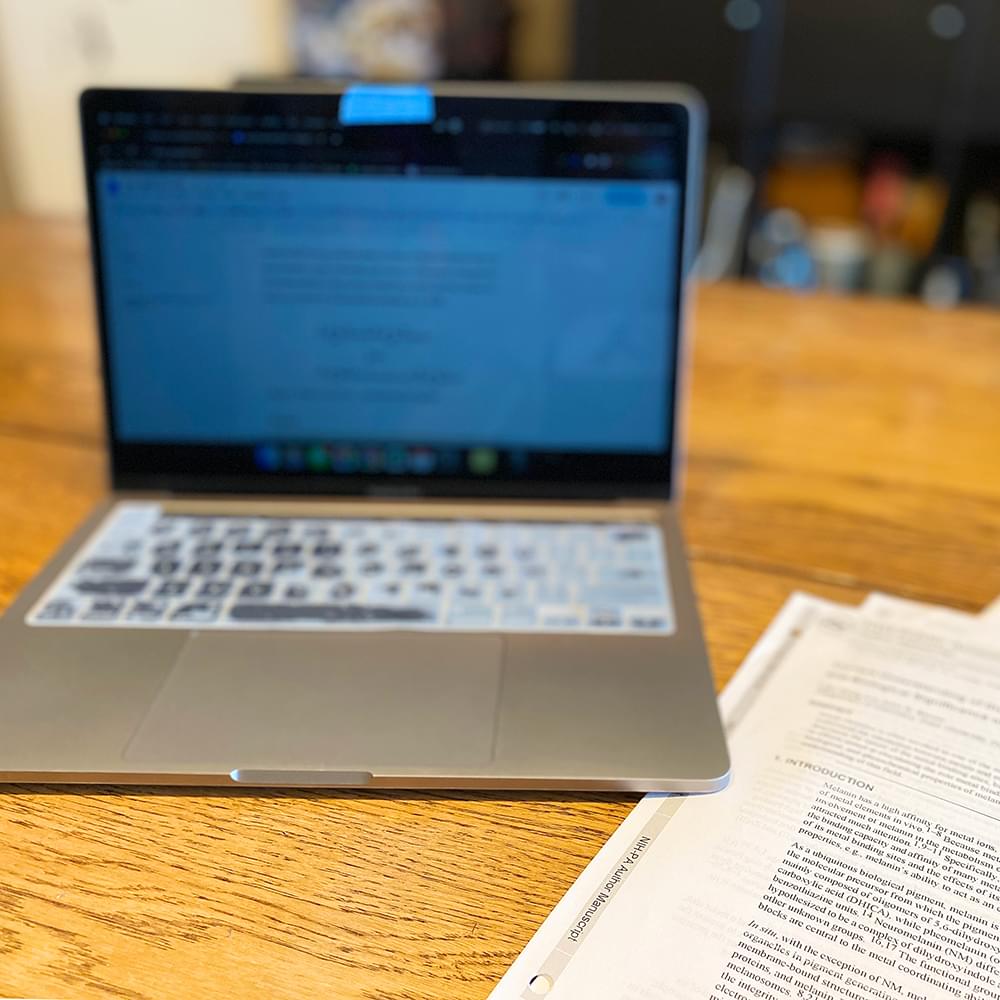Students turned in the first draft of their Extended Essay to their supervisors right before the start of the summer break and were given some comments and feedback. Then, over the course of the summer, students assess their supervisor’s feedback and make any necessary edits and additions to complete their second draft, which is due a couple of weeks after the start of school in September.
Caitlin Chen ’24 is exploring the research question, “To what extent does Taiwan’s semiconductor industry enhance their power?” and she found that the level of domination Taiwan has over the semiconductor industry is even greater than she first thought.
She attended some university-level summer courses at Yale, so found it easy to work on her EE through the summer because she was still in the mindset of studying. However, she still didn’t finish as much as she had hoped to because she had so many different plans.
A good work ethic is definitely something that writing the EE requires as students are expected to put 40 hours of work into developing their essays.
Polina Skrigitil is writing her EE on the novel The Picture of Dorian Gray by Oscar Wilde. “More specifically I’m looking at how Wilde explores the power and consequences of influence through a medium of art,” she said. “This book is rich with so many clever writing techniques and I’ve really, genuinely, enjoyed diving into Wilde’s gorgeous and layered writing.”
When choosing an EE, it is really important to choose a topic that you’re passionate about. Not only will you be spending 40 hours working with it, but you’ll also have to be able to convey your passion to the IB markers through your essay.
Analee Obrocea ’24 is working on a World Studies essay, combining Biology and Global Politics. She is looking into factors that enable Australia to have a high success rate in the treatment of leukaemia, in comparison to Canada. “It’s been interesting to look at the differences in the healthcare systems, the biological background behind the disease, and the social factors/differences of the two countries,” she said.
She truthfully admitted that she didn’t have many chances to work on her EE for the first month of summer break as she was travelling, however, she was able to add 300-400 words per week after she got back. This helped her not feel overwhelmed.
Time management is also a key life skill that the EE, and the IB Diploma, helps develop. IB students have to learn how to manage the high academic workload, extra-curriculars, and their lives outside of school, on top of writing a 4000-word essay. As Analee said, when faced with a giant task such as the EE, the best approach is to work on it little by little and to avoid leaving it to the last minute, as that is when students get overwhelmed and don’t perform to the best of their abilities.
By September 18, students are expected to have 4000 words written of their essay, at which point their supervisor will give them formative feedback and mark it against a rubric. Then, students will continue making edits and additions until the final copy is submitted in early October. It feels as though there is still plenty of time, but in reality, students only have 49 days until the final copy is due. The Theory of Knowledge (TOK) and extended essay (EE) components of the Diploma core and are awarded individual grades and, collectively, can contribute up to 3 additional points towards the student’s overall Diploma score.
Along with working on the Extended Essay, many IB students found themselves working on their IAs over the break, whether it be collecting data in the field or laboriously annotating research articles. For IB students, classes might take a pause during the summer, but the researching, writing and learning never stops.





